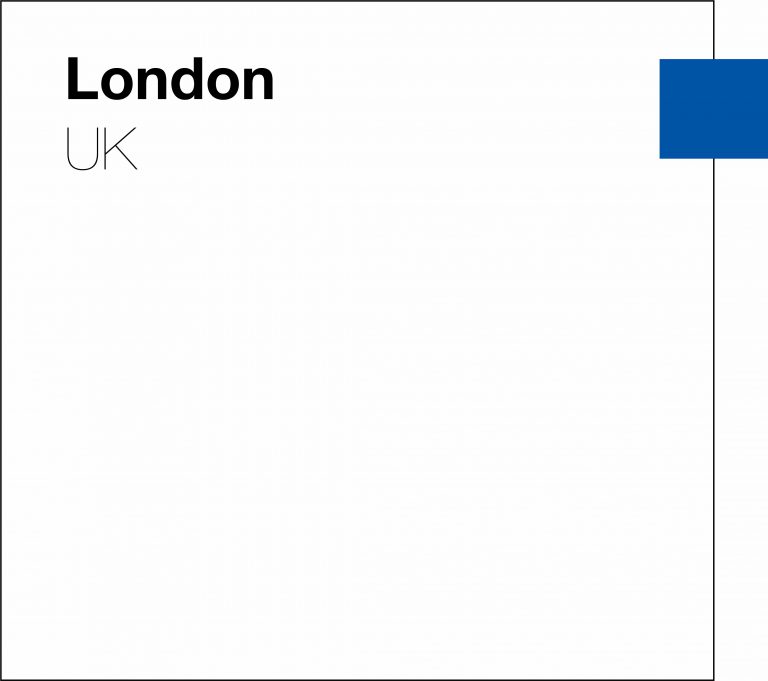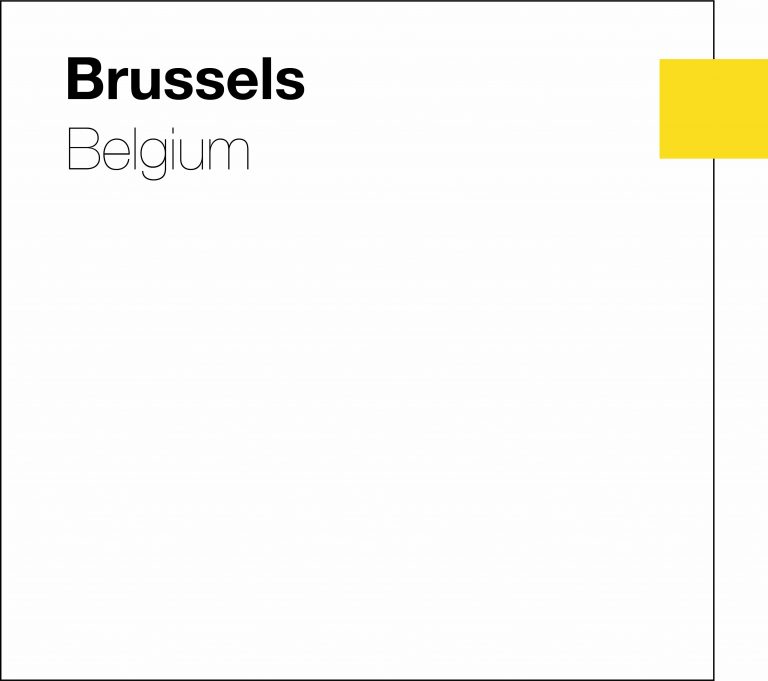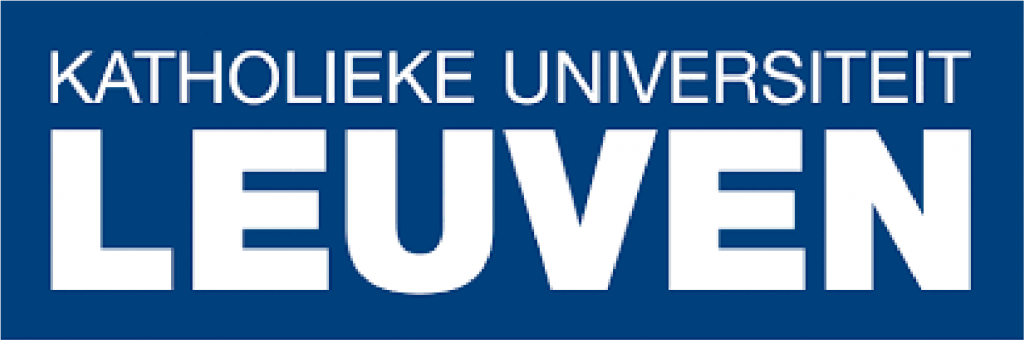Cities
The chosen neighbourhoods share similar historical and contemporary conditions of immigrant settlement and ongoing immigration, although analogous conditions exist in other European cities. They are characterized by the presence of ethnic minorities who have settled in the post-war era of the 1960s, 1970s and into the 80s. Due to deindustrialization since the 1980s and economic restructuring, today the areas are characterized by relative deprivation. Importantly, the chosen areas have not seen processes of gentrification characteristic of immigrant neighbourhoods in places like Berlin and some areas of London. Comparing three contexts which are similar in regards to the over-layering of ‘old’ and ‘new’ immigration, as well as their relative deprivation, but different in regards to city scale, integration policies and national migration regimes will help identify whether there are similar types of AIs and common processes of arrival and settlement of newcomers, or whether there are important contextual issues, contributed to local economies, national migration policies, local political structures, citizenship regimes, legal processes, and welfare policies which differentially shape these processes. While East London and Cureghem in Brussels have seen recent migrants originating in, among other regions, Eastern Europe, Latin America and Africa, Dortmund has recently received an exceptional number of Syrian refugees. The contrasts between labour migrants (e.g. from Eastern Europe) and refugees (e.g. from Syria) are important for comparative analysis both within and between the three cities. For example, discourses around Eastern European immigration in all three contexts are framed around competition over jobs.









